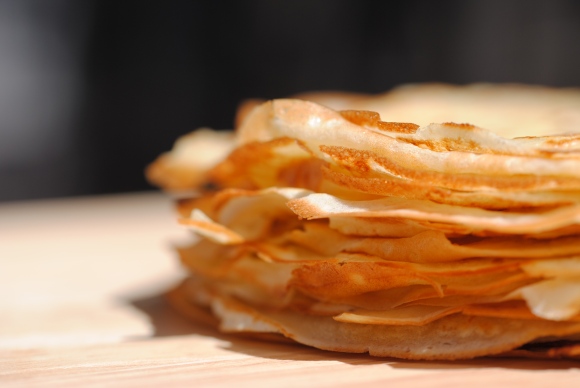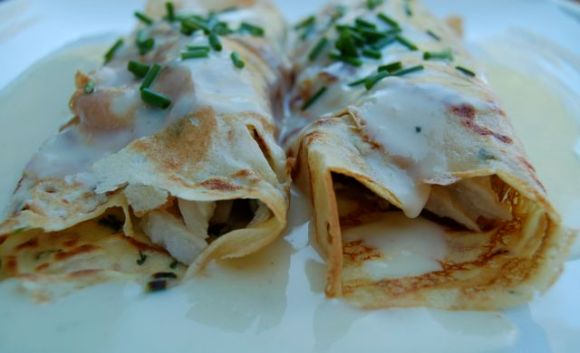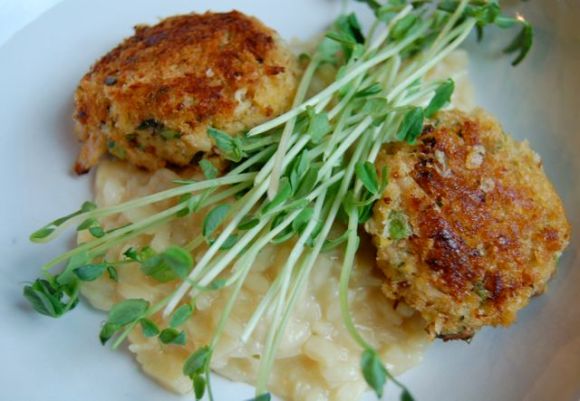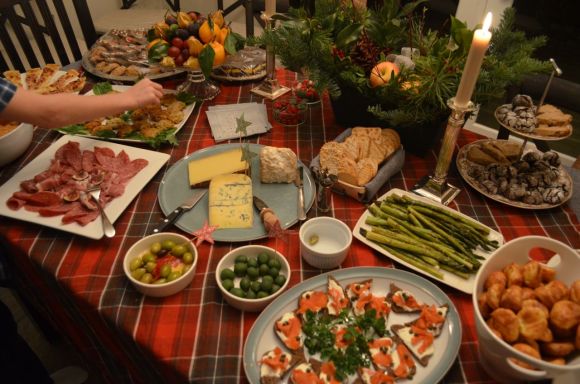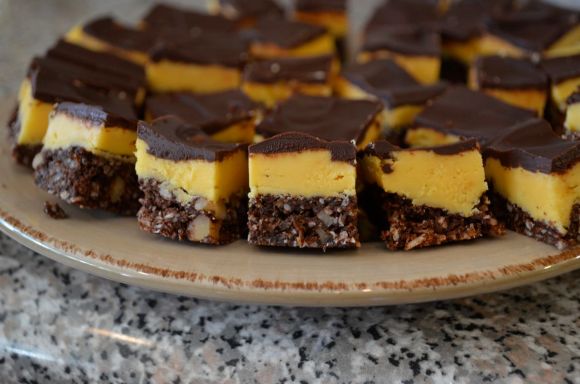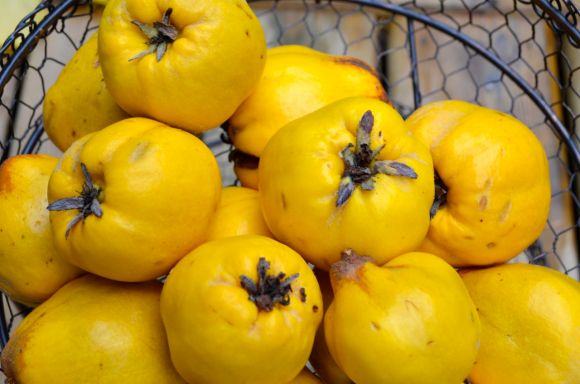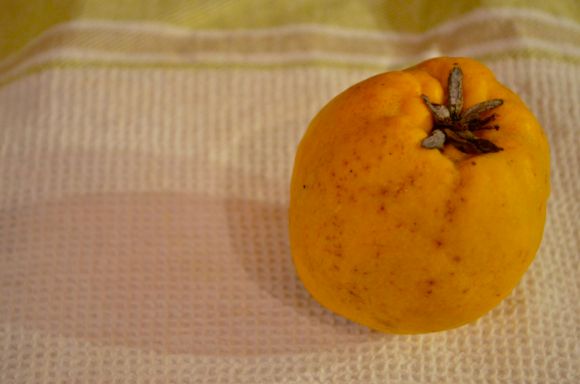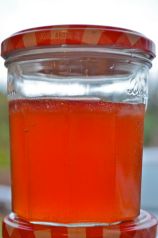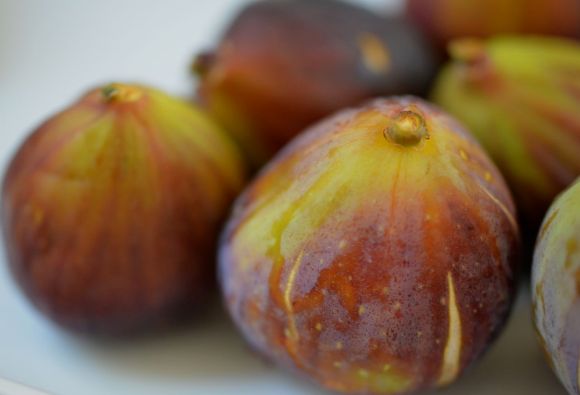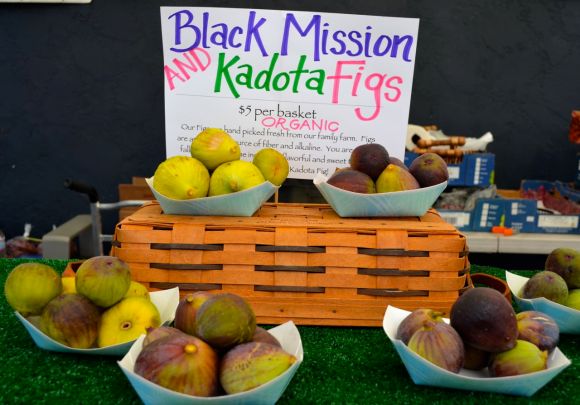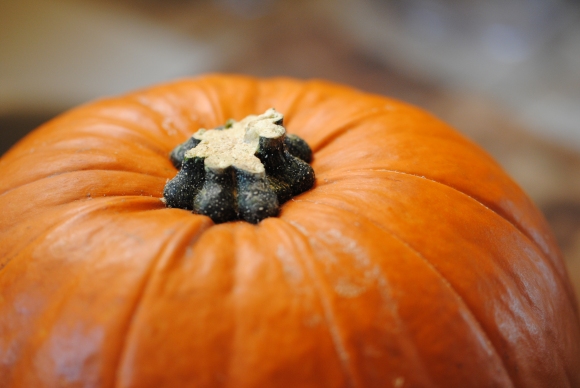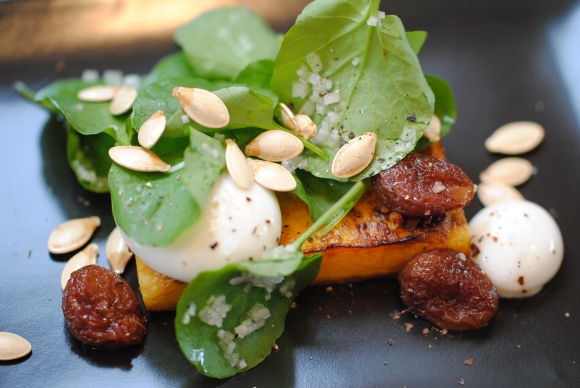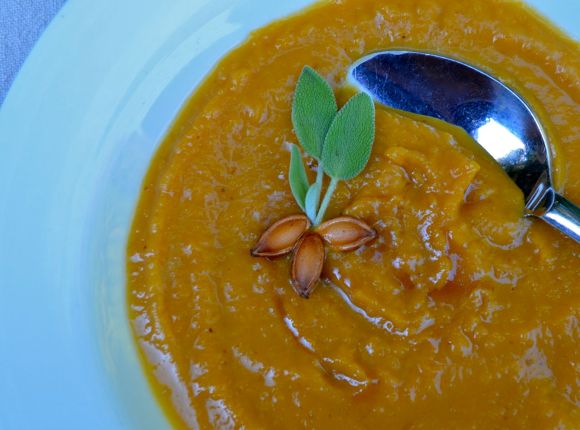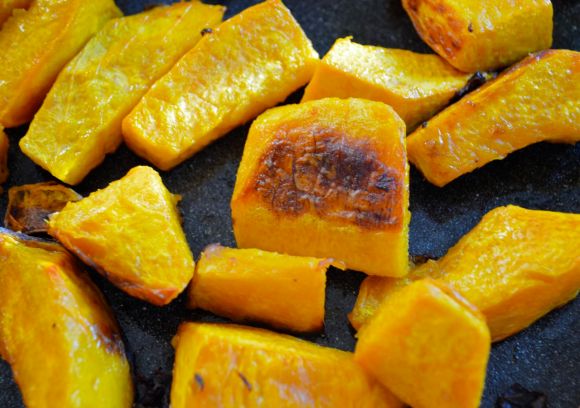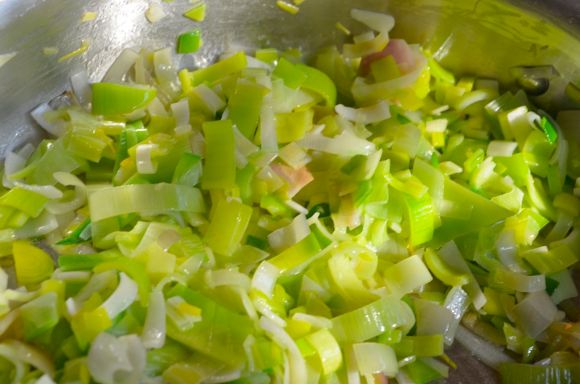I am always looking for ways to expand what Jana will try when it comes to food, and in all honestly she has come a very long way since we met. I have found that the trick is to combine ingredients/dishes that she loves with ingredients/dishes that she might be a little reluctant to try. Steamed Clams is a dish that she really has no desire to eat (a texture thing as it is for most people) So I decided to add some delicious Pork Meatballs to the mix (everyone loves meatballs) and see if this was enough to bribe her to dig into a beautiful bowl of Manilla Clams. Well yes it was enough for her to try but in the end the meatballs and grilled Country Levain disappeared much faster out of her bowl than the clams. I did find myself wondering if this was such a bad thing as I did end up with to large bowls of steamed clams for myself 🙂 (maybe deep down that is what I was hoping for?).
I picked 2 fantastic beers to pair with this dish the 1st beer being Magic Hat #9, I was very excited about this pairing as it is one of my favorite beers and at $3.99 for a 22oz bottle you cant beat it. TRY THIS BEER. For the 2nd beer I picked a beer I had not yet tried The Lost Abbey’s Avant Garde, and this was a perfect match, I found myself wanting more (could have been that it was my second bottle and I was in a very happy place) and at $8.99 for 750ml bottle, worth every penny. Yes Beer & Clams should be a classic combination if it is not considered one yet!! Jana is not much of a beer drinker so I picked up one of her favorite go to sparklings, LaMarca Prosecco D.O.C Prosecco is made from the white grape, Glera. This expressive grape is prized for its delicate flavors and aromatics, and this creates a very nice combination with most shellfish dishes. Sells for $14.99.
Our resident Wine Expert Amy Payne is still in London finishing up her externship at Decanter Magazine but stay tuned for her pairings to return very soon.
Recipe
2 lbs Clams Soak in Salted Water, Changing the water until there is no more dirt in the bowl
1 Leek White Only, Cleaned and Chopped
1 Fennel Bulb Core Removed and Sliced
2 Shallots Sliced
2 Garlic Cloves Chopped
10pc Fennel Seed
1/4 Cup Magic Hat #9 Beer
1/4 Cup Fresh Orange Juice
1/4 Cup Chicken Stock
1/4 Cup Chopped Italian Parsley
Fennel Fronds
2 TBSP Butter Cold
Pork Meatballs
1/2 Lb Ground Pork
1 Shallot Fine Diced Shallot
1 TBSP Fine Diced Fennel
1 Garlic Clove Fine Diced
4 Leaves Italian Parsley Chopped
1/2 TSP Chopped Fennel Fronds
Orange Zest (couple scrapes along the microplane)
6 Fennel Seeds Crushed
Salt & Pepper
TSP Grape Seed Oil
Add oil to a saute pan on low to medium heat
Add Shallot, fennel, garlic and fennel seed (constantly stirring) cook for about 2 minutes then cool
In a mixing bowl add ground pork and mix in rest of ingredients (keeping as cold as possible)
Form meatballs about 1 oz in weight.
For the grilled bread I used a Country Levain brushed with olive oil and then finished with a little parsley and Fleur de Sel. grilled on a panini machine my mom and dad gave us for christmas. (best gift by the way) If you have a favorite bread that grills well then use that. (does not need to be fresh bread, a day or two old is just fine)
Putting the dish together
Cook the meatballs in a large pan (something with sides and a lid) with a little oil
Once the meatballs are about 3/4 cooked remove from the pan and put aside.
Using the same pan (you want to keep all the amazing flavor left over from the meatballs) add the leeks, shallot, fennel and fennel seeds.
Cook for about 2 mins on medium heat.
Add Garlic and Clams at the same time and mix
Turn on high heat and add Beer, Juice, Stock and cover
Cook until all the clams have opened.
Remove Clams from pan, leaving the liquid behind.
Add meatballs to liquid and finish with butter, parsley and fennel fronds check for seasoning.
Place clams in bowl with meatballs and cover with liquid
Serve with Grilled Bread and a glass of your favorite wine or beer.

